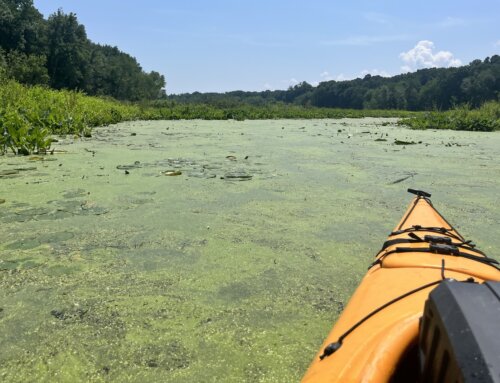July 3, 2014
Gregory C. Watson
MA Department of Agricultural Resources,
251 Causeway Street, Suite500
Boston, MA 02114
Re: 330 CMR 31.00. Plant Nutrient Application Requirements for Agricultural Land and Land Not Used for Agricultural Purposes
Dear Mr. Watson,
On behalf of the Connecticut River Watershed Council (CRC), I am submitting comments on the draft regulations 330 CMR 31.00. CRC is the principal nonprofit environmental advocate for protection, restoration, and sustainable use of the Connecticut River and its watershed. We actively work on water quality issues in the watershed. The Connecticut River and its tributaries drain into Long Island Sound, a water body that experiences hypoxia from excessive nutrient inputs. In 2000, Connecticut and New York prepared a Total Maximum Daily Load (TMDL) to restore Long Island Sound, which included a prescription for nutrient reductions upstream of Connecticut in the Connecticut River watershed. It is our hope that 330 CMR 31.00 be written in a way that actually promotes and achieves the reduction of nutrients into water bodies in Massachusetts while not overly straining our farmers. CRC supports seasonal limits to land application of manure and restrictions on how close nutrients can be applied to land near water bodies. Our specific comments follow.
330 CMR 31.04(3)(b). The proposed winter spreading requirements are from November 16 to March 1. We note that Vermont’s Accepted Agricultural Practices regulations ban manure spreading in Vermont from December 15 to April 1, with hardship exceptions. We are curious what the justification is for the winter dates in MA. Whatever dates or requirements are chosen for winter and fall should reflect best science on the time of year and methods of application and effect on soil quality and impacts to water bodies.
330 CMR 31.04(4)(b). In-field stacking should be at least 100 feet from any surface water no matter what the buffer. “Flood prone areas” should be better defined (as in, within the 100 year flood zone?).
330 CMR 31.04(5). Requiring anyone who applies plant nutrients to 10 acres or more to develop a management plan is potentially problematic for farmers. We recommend the simplicity in VT’s Accepted Agricultural Practices: “Nutrient applications shall be consistent with university recommendations, standard agricultural practices or a nutrient management plan for the farm approved by the Secretary.”
330 CMR 31.05(2) and (3). We are not in favor of requiring nutrient management plans per se; the requirement of updating the plan every 3 years and testing the soil every 3 years seems overly burdensome for farmers. Vermont requires soil testing every 5 years. What is the justification for 3 years for either one?
In general, we are in favor of restricting or banning the application of manure and fertilizer within a certain distance near water bodies. We encourage MA DAR to continue to work with UMASS Extension to make these regulations as practical and beneficial as possible. We think the right balance can be struck to promote water quality and best management practices while not driving farmers out of business.
Thank you for the opportunity to comment on these regulations.
Sincerely,
Andrea F. Donlon
River Steward







